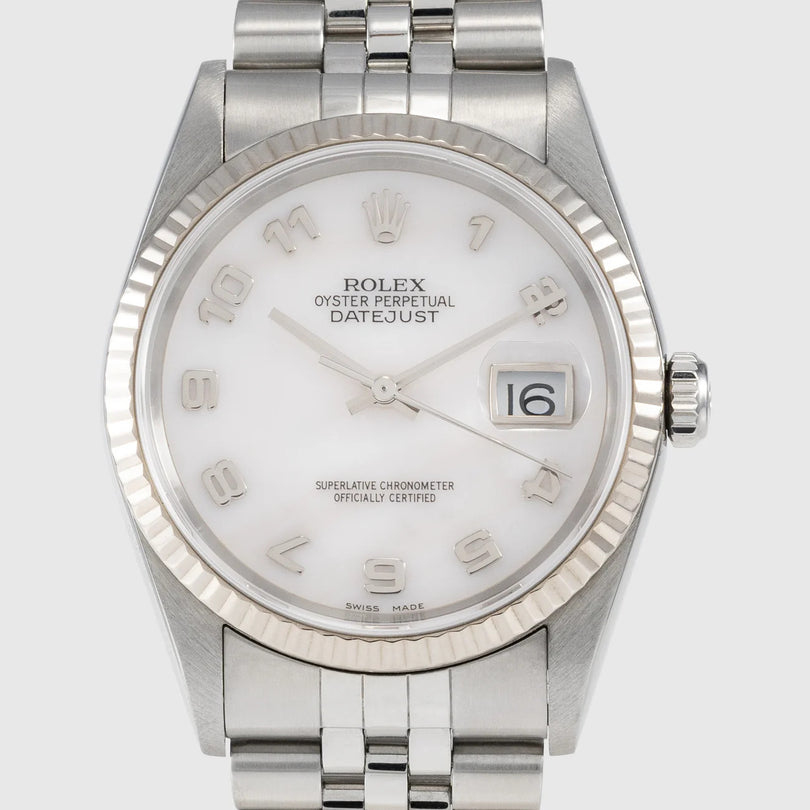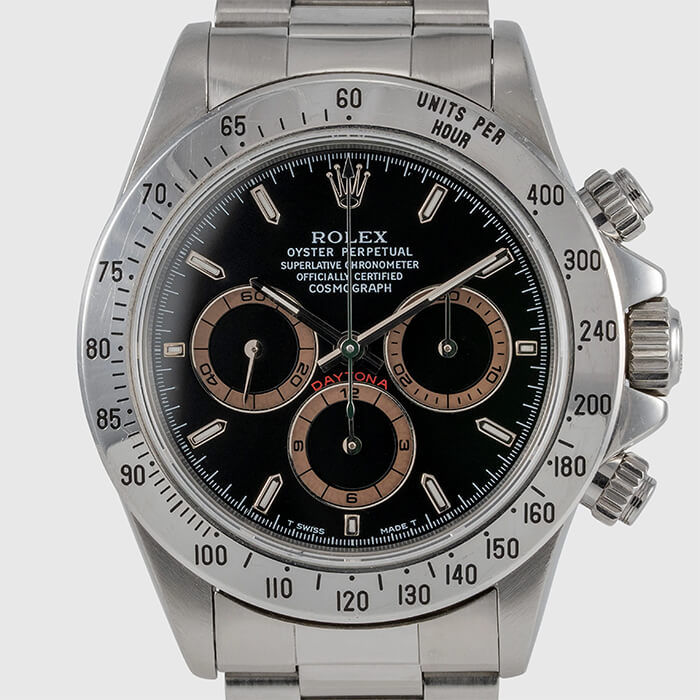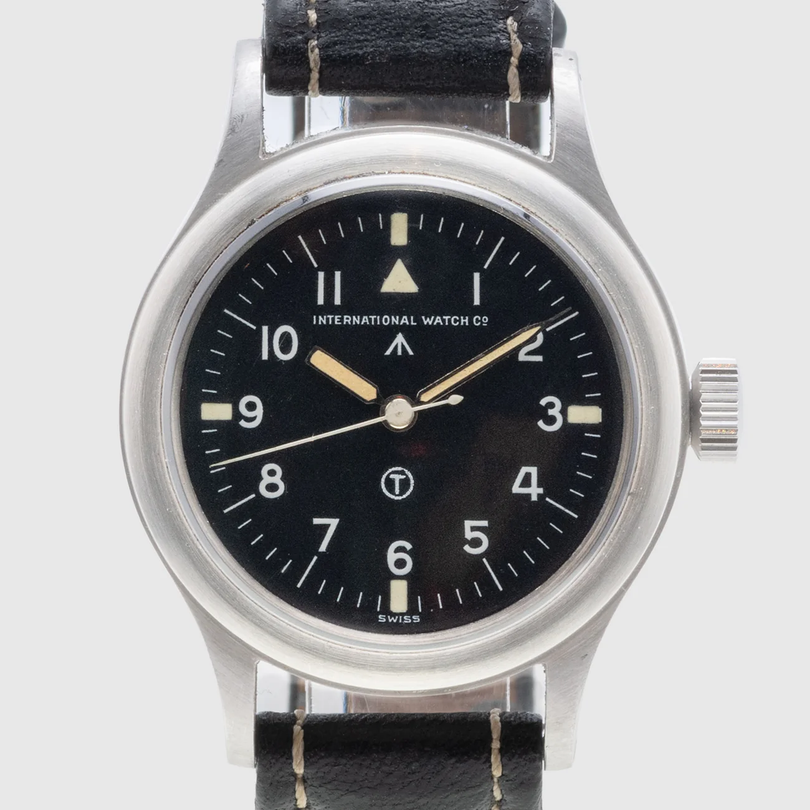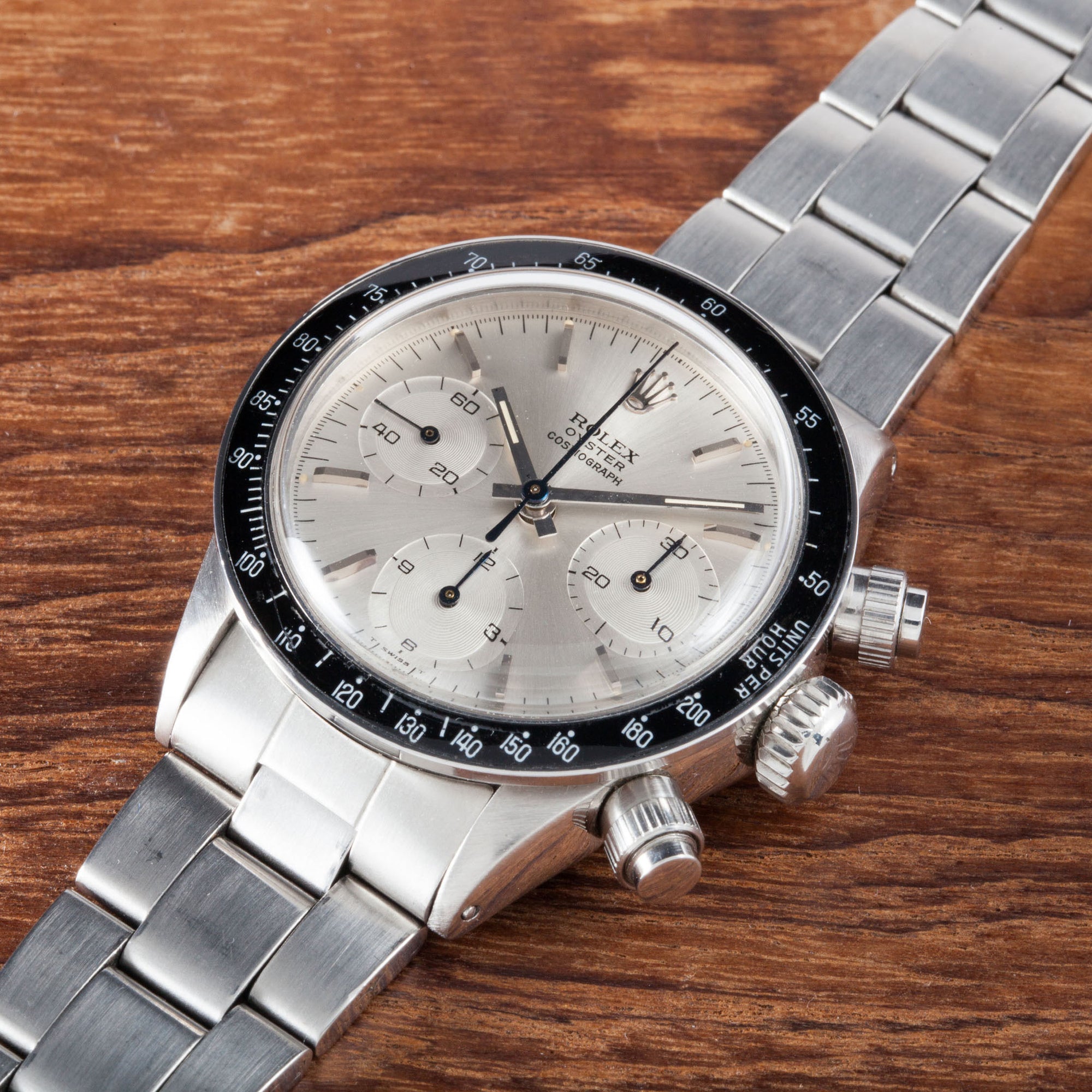During the early 1970’s, the world was just starting to get a glimpse of what would soon be possible with advances in electronic technology. In the 1973 blockbuster movie, Live and Let Die, Roger Moore, as the indomitable James Bond, was seen nonchalantly checking the time on a very new kind of watch – one with a digital display.

The Hamilton Pulsar P1 was a world first. It was the original ‘solid state’ watch, meaning that it had no moving parts at all, but used electronic circuitry instead. It was released as a limited edition, with only 400 made, on April 4 1972.

Technical issues plagued the first designs, with the power-hungry red LED display consuming far too much energy, and battery technology far from what it is today, the watches could not display the time permanently. Instead, you had to push the button to see the time. At an early press conference, showcasing the original 44 chip design, the manufacturers actually struggled to keep one working for more than an hour to last throughout the conference!
The P1 was originally manufactured using 18-carat gold, and today it is a remarkable collector’s piece. Back in the early 70’s, though, it was truly something novel, a great innovation, and only the select few could own it – with a hefty retail price tag set at over $2000.
Soon after the P1 model was released, it was followed by the P2, (which is the one featured in the movie). This model was produced, mostly using stainless steel, and in much higher numbers, and was a spectacular success. By now most of the design issues had been solved, and it featured a LSI (large scale integrated) chip. The price tag was still quite high, to be fair, and was set at $395. (To give you an idea, in the same year one could purchase a Rolex Submariner for $385). But the world couldn’t get enough of this modernistic way of telling time.
The revolutionary advances in chip design and electronic tech had a downside for Hamilton Pulsar, though. In 1976 Texas Instruments came out with a plastic LED watch that cost only $15, and the market for their high-end digital watches went to pieces. In fact, by the end of the 1970’s there were already around 40 manufacturers producing electronic watches. The original Pulsar’s did not display the date or day, and were very limited in terms of functionality. But times were changing, and microelectronics was an incredibly fast-paced industry. Costs continued to drop. Electronic watches could now be owned by virtually anybody. In 1977 the company assets were sold off, and today the name is owned by Seiko.
Of course, since then, some of these remarkable watches have sold at auctions for much higher prices. One Pulsar P1, complete with original box and papers, topped the $17,000 mark. Very few of the 400 first produced still survive today.

In the opinion of Momentum, it is quite a pity that Hamilton Pulsar went the way of the Dodo. At the time of first release, their technology was truly remarkable – so much so that the Smithsonian keeps one on display in their museum of technology – the world’s first digital watch. The accuracy of digital versus mechanical is quite astounding – keeping accurate time to well within one minute in a year.
Before this era it was inconceivable to tell the time as 10:38 am, for example – one would probably say “almost twenty to eleven.” These early digital masterpieces truly did change the way the world tells time.







